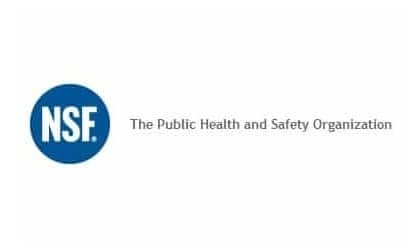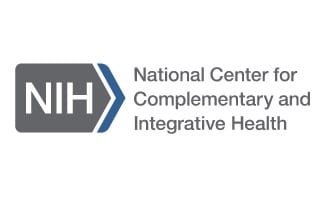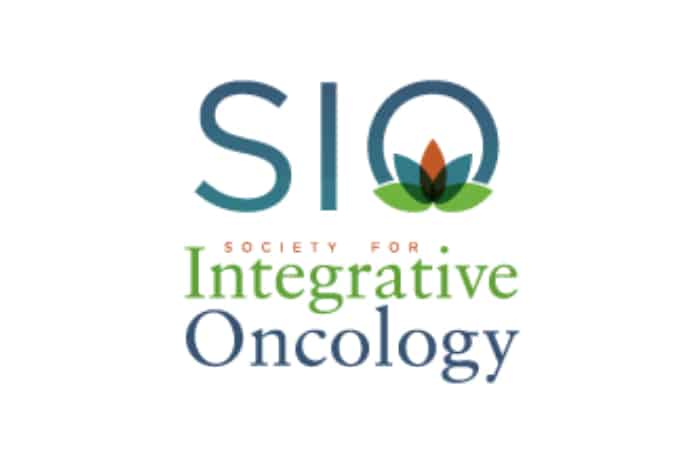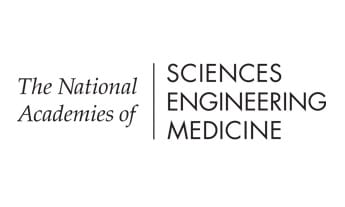The US Food and Drug Administration (FDA) does not have the authority to review dietary supplement products for safety and effectiveness before they are marketed.
US Food and Drug Administration
Sourcing quality supplements at a glance
Separate from whether a supplement or natural products provides medical benefit, quality may be an issue. In many places, including the USA, supplements are not monitored and regulated well. Safety is often not reviewed before a product goes on the market.
Product names can be very confusing, with the same product sold under several names. Different products may also have similar names.
Natural products are inherently difficult to standardize. Doses of active ingredients can vary substantially from one brand to another, or even from one batch to the next. Product quality and potency depend on using the right part of the plant or substance and following careful safeguards. Some products lose (or gain) potency over time. All of this makes the quality of natural products difficult to control as a manufacturer and to assess as a consumer.
Researchers have found that some products may contain substantially less—or even none—of the active ingredient listed on the label. Some products may be contaminated with substances that aren’t listed on the label and that may even be unsafe.
Several independent rating services › rate the quality of supplements.
Why is quality an issue?
Lack of regulation
Supplements and natural products are not monitored and regulated well. In the USA, the US Food and Drug Administration (FDA) is not authorized to review supplements before being marketed to assure they perform as claimed or even that they are safe to use. The FDA does have the authority to take dietary supplements off the market if they are found to be unsafe or if the claims on the products are false and misleading, but this happens only after products are available to consumers.1Food and Drug Administration. Dietary Supplements. June 2, 2022. Viewed October 3, 2022.
Lack of standardization
Knowing what’s in that bottle or package of a natural product can be difficult:2Block KI. Life over Cancer: The Block Center Program for Integrative Cancer Treatment. New York: Bantam Dell. 2009.
- Multiple names may be used for a product. For example, the names artemisinin, annual wormwood, qing hao, qinghaosu, sweet annie, sweet sagewort and sweet wormwood are all used for the same herb.
- Different products may be labeled with similar names. “ALA” may mean either alpha lipoic acid or alpha linoleic acid, for instance.
- Products need to contain the correct plant part—root, leaf, bark, pollen, seed, fruit, flower or the whole plant—to be effective. Low-quality supplements may not include the therapeutic part, or it may have been harvested at the wrong time, or it may not have been processed appropriately.
Natural products may not be manufactured to precise specifications. They’re natural products, after all. Fish oil doesn’t naturally always contain all the same components in exactly the same proportions, for example. Several variables can affect the composition of a product, even from the same species: growing conditions, soil or water composition and quality, timing of harvest, drying method, length of storage, packing materials, and exposure to moisture or heat.

Because products in nature are not standardized, a product’s potency is difficult to control. Supplements may contain far less or more of the active ingredient than the label states, even without any intent to mislead by the manufacturer.
Some supplements deteriorate over time or may have a change in potency from exposure to air, light, moisture, or heat. Check packages for expiration dates regularly—each time you use products that you take only occasionally. Store supplements and products as recommended by the manufacturers. High moisture levels in bathrooms make them poor places to store many products.3Block KI. Life over Cancer: The Block Center Program for Integrative Cancer Treatment. New York: Bantam Dell. 2009.
Lack of active ingredients
Studies have found that some supplements have undetectable levels—essentially zero—of the active ingredient you’re trying to buy.4Newmaster SG, Grguric M, Shanmughanandhan D, Ramalingam S, Ragupathy S. DNA barcoding detects contamination and substitution in North American herbal products. BMC Medicine. 2013 Oct 11;11:222; Little DP. Authentication of Ginkgo biloba herbal dietary supplements using DNA barcoding. Genome. 2014 Sep;57(9):513-6; LeBlanc ES, Perrin N, Johnson JD Jr, Ballatore A, Hillier T. Over-the-counter and compounded vitamin D: is potency what we expect? JAMA Internal Medicine. 2013 Apr 8;173(7):585-6.
Contamination
Besides the intended product, what other substances are in that pill, powder or liquid? Several investigations have found undisclosed—and sometimes unsafe—contaminants in supplements and herbal products. Contaminants can include bacteria, fungi, heavy metals, pesticides, other chemicals, and pharmaceutical agents (drugs).5Newmaster SG, Grguric M, Shanmughanandhan D, Ramalingam S, Ragupathy S. DNA barcoding detects contamination and substitution in North American herbal products. BMC Medicine. 2013 Oct 11;11:222; Páleníková A, Martínez-Domínguez G et al. Occurrence of pesticide residues and transformation products in different types of dietary supplements. Food Additives and Contaminants Part A. Chemistry, Analysis, Control, Exposure and Risk Assessment. 2015;32(6):849-56; Mathews NM. Prohibited contaminants in dietary supplements. Sports Health. 2018 Jan/Feb;10(1):19-30; Benedict K, Chiller TM, Mody RK. Invasive fungal infections acquired from contaminated food or nutritional supplements: a review of the literature. Foodborne Pathogens and Disease. 2016 Jul;13(7):343-9; Little DP, Jeanson ML. DNA barcode authentication of saw palmetto herbal dietary supplements. Scientific Reports. 2013 Dec 17;3:3518; Harris G. Study finds supplements contain contaminants. New York Times. May 25, 2010. Viewed March 20, 2018.
Some contaminants are intentionally added (especially with herbs from Asia), some reflect poor quality control, and yet others show cost-saving approaches that disregard your well-being as a consumer. Over several years, persistent reports have surfaced of contamination of some herbal remedies by microbes, heavy metals, and/or DNA of undeclared plants or animals—sometimes a substantial percentage of those tested.6Ernst E. Toxic heavy metals and undeclared drugs in Asian herbal medicines. Trends in Pharmacological Sciences. 2002 Mar;23(3):136-9; Ting A, Chow Y, Tan W. Microbial and heavy metal contamination in commonly consumed traditional Chinese herbal medicines. Journal of Traditional Chinese Medicine. 2013 Feb;33(1):119-24; Kim H, Hughes PJ, Hawes EM. Adverse events associated with metal contamination of traditional chinese medicines in Korea: a clinical review. Yonsei Medical Journal. 2014 Sep;55(5):1177-86; Coghlan ML, Maker G et al. Combined DNA, toxicological and heavy metal analyses provides an auditing toolkit to improve pharmacovigilance of traditional Chinese medicine (TCM). Scientific Reports. 2015 Dec 10;5:17475.
How can you find quality products?
Product ratings
Independent organizations rate supplement quality.
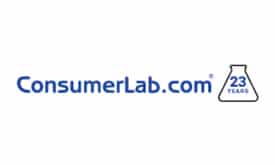
Reviews of Supplements and Health Products ›
Subscription required

US Pharmacopeia

Third-party Certifications for Supplements ›
Includes a supplement quality guide to download
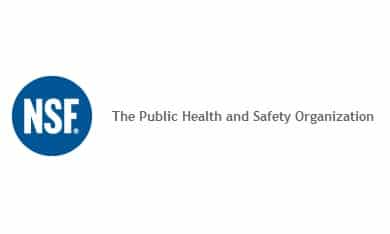
NSF International
Manufacturer certifications
Some guidelines and certifications are available for manufacturers.
Finding quality supplements
Helpful links
Are you a health professional?
Helpful links for professionals
Learn more
References


